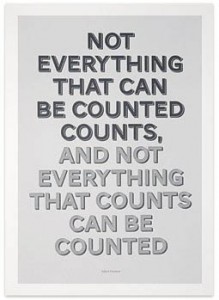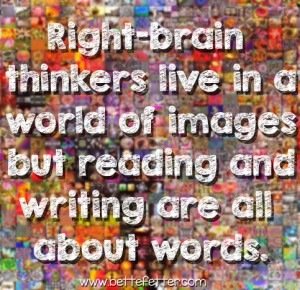right brain learning
The Challenge of Reading and Writing
Ways to Understand Your Visual Thinker’s Reading Struggles
Visual Learners Can Rule the World!

Your Child’s Test Anxiety: Why All the Stress?
Standardized tests can strike fear in the heart of any man – young and old, but ever wonder why? It seems odd that a few questions that require a pencil dot on a Scantron Sheet, can bring forth such stress and emotion. This is especially true for visual-spatial learners whose test results don’t reflect their true intelligence or ability.
Get Ready for Testing
Testing time is here in many US schools. When my kids were young, there was much less emphasis on standardized testing and test results. Now schools devote much of February getting kids prepared for standardized testing that happens in March.
Are Cutting the Arts Putting us in Hot Water?
There is a rather critical matter at hand in education and I want to speak very directly about it. The arts are being eliminated from our schools and testing is on the rise. There is a prevailing notion that we need less of the arts in order to make more time for the subjects that are being tested and for the tests themselves.
This line of thinking actually results in lower test scores and disconnected, discouraged, under-achieving students. Why? Because the arts, the very thing schools want to eliminate, are essential to the majority of the student population; not because art is a fun way to relax or express oneself – but because the arts actually fuel the brain. The majority of the student population are visual-spatial learners that NEED the arts to think effectively.
Sometimes You Just Have to Stop and Organize
This morning I woke up to my usual stream of new ideas and a long “to do’ list, excited to start my day. But as I moved through my morning routine I realized the residue of yesterday’s creative activity was driving me crazy. I paused, looked around and saw that there were literally piles of chaos all over the house. Some of it mine, some my husband and adult kids, some from an energetic grandchild. 
Young Rembrandts Drawing: Dramatic Skill Building
When I first created Young Rembrandts, I was teaching a lot of preschool classes. 














